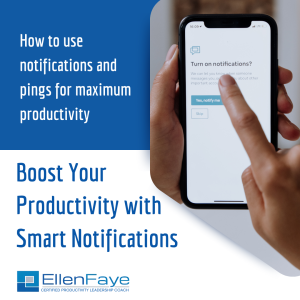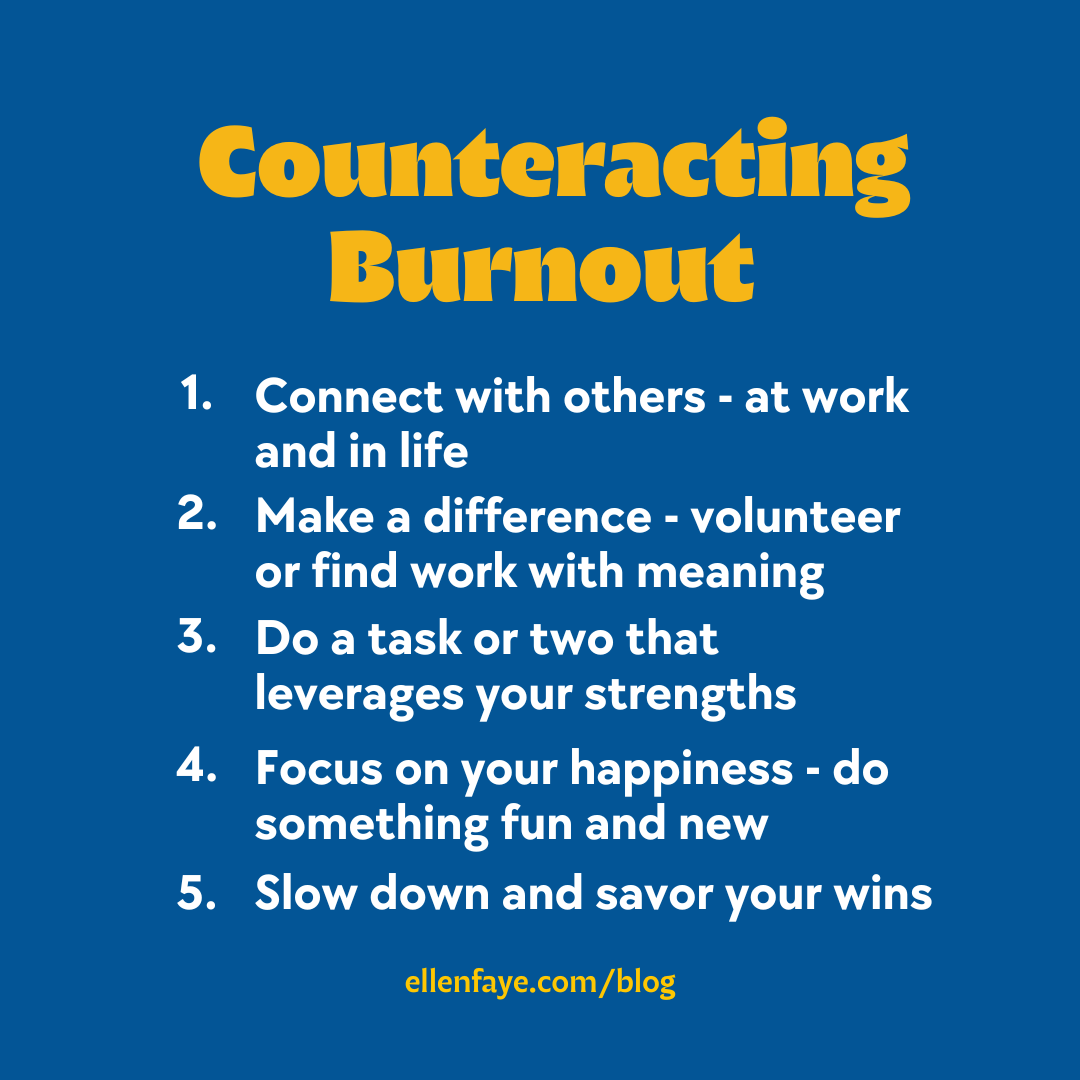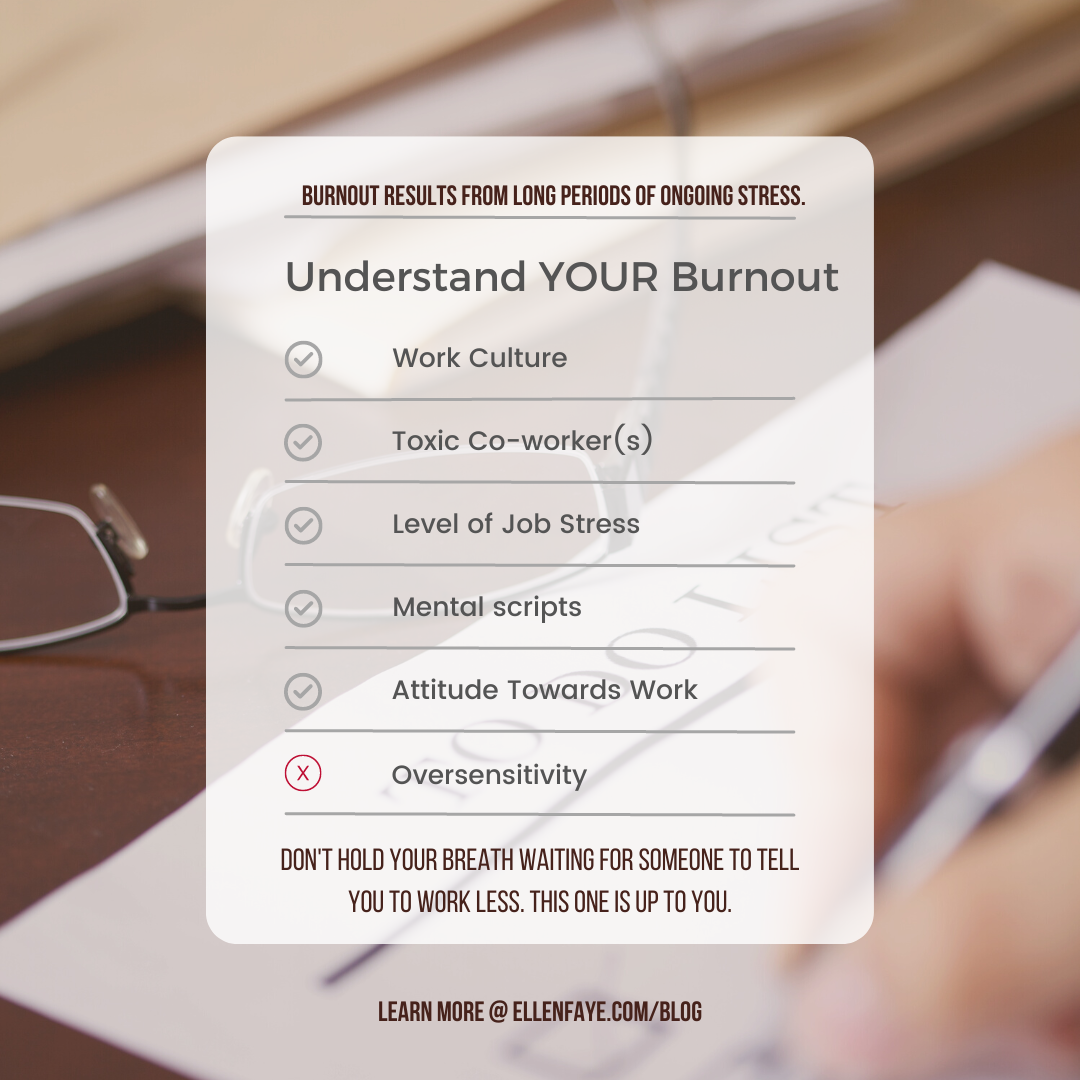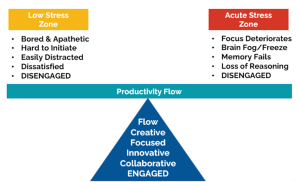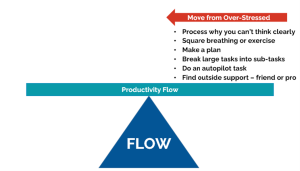09 Dec Building Habits with Mantra
Lately, at the end of my coaching sessions, a natural follow-up to discussing takeaways and actions with my clients has been asking them if there is a specific word or phrase they want to keep in mind to help them engage with the session’s actions. The word that keeps resonating with me is “mantra,” and I include it at the top of my clients’ session notes as their chosen mantra.
This practice has proven to be an effective tool for my clients’ growth, and it’s something you can also use to keep key ideas and actions top of mind for yourself. Central to this concept is the incorporation of your new mantra. I encourage my clients to commit to a technique that keeps this idea visible as they work on developing this new habit. Some approaches we’ve explored include:
- Placing a post-it with the mantra written prominently near their computer.
- Creating a graphic with the mantra as their desktop background.
- Setting an alarm with the mantra as the label.
- Adding it to the top of their daily calendar as an all-day task or event.
- Using apps like Streaks for daily reminders.
The idea is that to establish a new habit effectively, we need consistent reminders that actively prompt us to move into action. This approach is far more reliable than simply relying on memory to remember.
The term “mantra” originates from the meditation practice of repeating a word or phrase to calm the mind and reach a meditative state. While my use is not about meditation, it indeed aims to bring calmness to the mind. Stress can push our brains into fight, flight, or freeze mode, hindering our productivity and keeping us from using our thinking brain. A habit-building mantra can provide comfort and stability during challenging growth phases.
Examples of mantras my clients have crafted include:
- “Just because I can doesn’t mean I should.”
- “Fear means I’m being brave.”
- “I’m already everything I want to be.”
- “Be patient with myself, I’m doing the best I can.”
- “I fully embody and own my lifestyle without guilt.”
- “What I have isn’t due to luck; it’s because of hard work.”
- “Simplify: How can I make this easier?”
To create your habit-building mantra, start by identifying a new routine, habit, or action you wish to develop. Craft a concise phrase to motivate you into action, then select a method to help you remember to stay on track.
Matra is powerful. What a great support to help you work and live better.






